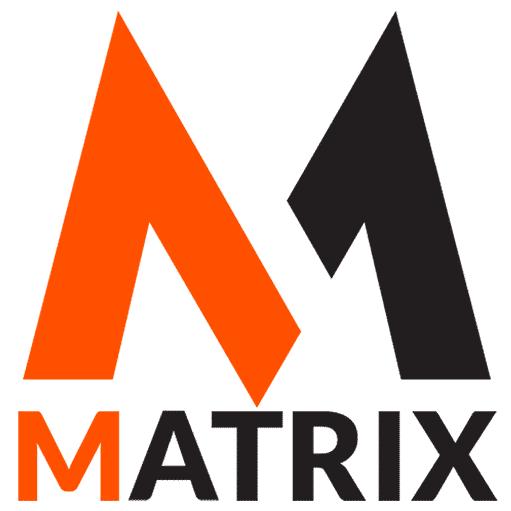CPQL Calculator – E-commerce Industry
Your CPQL: —
CPQL Benchmarks – E-commerce Sector
| Segment | Avg. CPQL ($) | Status |
|---|
Why use a CPQL calculator in the eCommerce industry?
In the dynamic world of eCommerce, using precise tools to measure performance and enhance the customer journey is critical for success. When asking about a “CPQL calculator,” you’re likely referring to one of two powerful concepts: Cost Per Qualified Lead (CPQL), a key marketing metric, or Configure, Price, Quote (CPQ), a transformative sales technology for online stores.
While CPQL is a valuable metric for any eCommerce business’s marketing efforts, the query is probably a typo for CPQ, which has a more direct and profound impact on the eCommerce sales process and user experience, especially for businesses with customizable products. Social Media Ad Blitz
Cost Per Qualified Lead (CPQL) Calculator: Optimizing Your Marketing Spend

A CPQL calculator is a marketing tool used to measure the exact cost of acquiring a lead that meets a specific set of criteria, deeming it “qualified.” For an eCommerce business, a qualified lead isn’t just any visitor; it’s a potential customer who has shown a high intent to purchase or fits an ideal customer profile.
Using a CPQL calculator in the eCommerce industry provides several key benefits:
- Sharpened Marketing Focus: It shifts the focus from quantity to quality of leads. Instead of just tracking the cost per click (CPC) or cost per lead (CPL), you can determine the cost to attract customers who are genuinely interested and likely to convert.
- Enhanced ROI on Ad Spend: By understanding which campaigns (e.g., social media ads, search engine marketing, influencer collaborations) deliver the highest quality leads at the lowest cost, you can allocate your marketing budget more effectively and maximize your return on investment.
- Improved Personalization and Targeting: Calculating CPQL requires a clear definition of a “qualified lead.”4 This process forces you to refine your customer personas and target your marketing messages more precisely to audiences that are more likely to become valuable customers.
- Alignment of Sales and Marketing: For B2B e-commerce or high-value B2C products that involve a sales team, CPQL ensures that marketing efforts generate leads that the sales team can successfully close, thereby bridging the gap between the two functions.
Configure, Price, Quote (CPQ) Calculator: Revolutionizing the eCommerce Experience
More profoundly, a Configure, Price, Quote (CPQ) calculator or system is a sophisticated tool that transforms the online shopping experience, particularly for businesses that sell complex, customizable, or configurable products. A CPQ engine integrated into an eCommerce platform automates and streamlines the buying process.
Here’s why a CPQ calculator is a game-changer for the eCommerce industry:
- Empowering Customer Customization: CPQ allows customers to build, configure, and visualize products in real-time. Whether it’s customizing a piece of furniture, building a high-end computer, or selecting options for industrial equipment, CPQ provides an interactive and engaging self-service experience.
- Dynamic and Accurate Pricing: As a customer makes selections, the price updates instantly and accurately reflects the changes. The CPQ system automates the management of complex pricing rules, discounts, and bundling options, eliminating errors and the need for manual quotes. This transparency builds trust and confidence with the buyer.
- Guided Selling and Error Prevention: The “Configure” aspect of CPQ includes a rules-based engine that prevents customers from making invalid or incompatible selections. This “guided selling” ensures that any configured product is viable, reducing order errors, returns, and customer frustration.
- Accelerated Sales Cycles for B2B eCommerce: In the B2B space, where purchases are often complex and require quotes, a CPQ-enabled eCommerce site can automate the entire process. Buyers can configure products and generate their quotes 24/7, dramatically shortening the sales cycle from days or weeks to just minutes.
- Increased Sales and Average Order Value: By making the buying process seamless and interactive, CPQ reduces cart abandonment. Furthermore, it can intelligently suggest upsells and cross-sells during the configuration process, leading to a higher average order value.
- Seamless Integration: Modern CPQ solutions integrate smoothly with other essential business systems, including Customer Relationship Management (CRM) and Enterprise Resource Planning (ERP). This ensures a smooth flow of data from the online order to the manufacturing floor and final delivery.
In summary, while a CPQL calculator is a crucial tool for an eCommerce business’s marketing team to optimize ad spend and attract high-quality traffic, a CPQ calculator is a fundamental technology that enhances the core shopping experience, enabling the sale of complex products online with efficiency, accuracy, and a superior customer journey.
Reimagining the Marketing Department
What if you could achieve 10x the output with a fraction of the team? Compare the traditional 10-person department to a lean, AI-First Marketing Operation.
The Traditional Department
A 10-person team focused on manual execution in siloed roles. High overhead, slow to adapt, and difficult to scale without significant cost.
The AI-First Operation
A 3-person team focused on strategy, augmented by an AI platform. Lean, agile, and capable of massive, scalable output with predictable ROI.
Productivity & Output Comparison
By automating execution, an AI-first operation can produce significantly more high-quality output, from content to campaigns, in the same amount of time.
Monthly Output Comparison
The Matrix Marketing Group Advantage
We transform your marketing function from a cost center into a lean, AI-powered growth engine. Our MatrixLabX platform acts as your tireless digital workforce, allowing your human talent to focus on what matters most: strategy, innovation, and customers.
The Financial Impact: Smarter Budgeting
The AI-first model dramatically shifts budget allocation. Instead of spending the majority on salaries for manual execution, you invest in technology that scales and media that drives direct growth.
